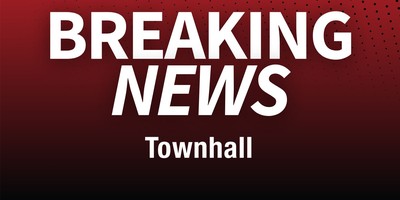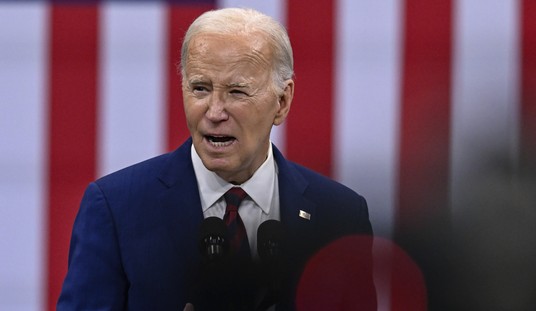President Obama’s New New Deal of massive government intervention was inspired by FDR’s New Deal, and both have been plagued by chronic high unemployment.
In her recent New York Times column, Christina Romer noted that there was some remarkable economic expansion during the New Deal period (1933-1940), but I doubt anybody disputes that. The key question is why, despite expansion, did high unemployment persist. It averaged 17 percent.
I suggest that New Deal unemployment and related economic difficulties were unintended consequences of New Deal policies. In particular:
1. Federal tax revenues more than tripled, from $1.6 billion in 1933 to $5.3 billion in 1940. Excise taxes, personal income taxes, inheritance taxes, corporate income taxes, holding company taxes and "excess profits" taxes all went up. FDR introduced an undistributed profits tax. Consumers had less money for spending, and private sector employers had less money for hiring.
2. New Deal programs, intended to benefit the middle class and the poor, were mainly paid for by the middle class and the poor. This was because the biggest source of federal revenue during the 1930s was the excise tax on beer, cigarettes, soda, chewing gum, radios and other cheap pleasures disproportionately enjoyed by middle class and poor people. Until 1936, the federal excise tax generated more revenue than the federal personal income tax and the federal corporate income tax combined. Not until 1942, amidst World War II, did the federal personal income tax become the biggest source of federal revenue.
3. FDR caused uncertainty that discouraged investors from taking the risks of funding growth and jobs. Frequent tax hikes (1933, 1934, 1935, 1936) made it harder for investors to estimate the net returns of possible investments. FDR added to the uncertainty by denouncing investors as "economic royalists," "economic dictators" and "privileged princes," which amounted to threatening investors. No surprise that private investment was at historically low levels during the New Deal era.
Recommended
4. The New Deal channeled government spending away from the poorest people who lived in the South. Comparatively little New Deal spending went there. Most New Deal spending went to political "swing" states in the West and East, where incomes were more than 60% higher. The decision was probably made that allocating more federal dollars to the South wouldn’t yield more Democratic votes, since the South was already overwhelmingly Democratic.
5. The New Deal made it more expensive for employers to hire people. By enforcing above-market wages (National Industrial Recovery Act, Fair Labor Standards Act), introducing excise taxes on payrolls (Social Security Act) and promoting compulsory unionism (National Labor Relations Act), the New Deal increased the costs of employing people about 25% from 1933 to 1940 -- a major reason why double-digit private sector unemployment persisted throughout the New Deal era.
6. The New Deal paid farmers to destroy food when millions were hungry. FDR promoted higher food prices by paying farmers to plow under some 10 million acres of crops and destroy some 6 million farm animals. The food destruction program mainly enriched big farmers, since benefits were paid on a per acre basis. This policy related farm programs meant the approximately 100 million American consumers had to pay more for food.
7. The New Deal made everything more expensive during the Depression. Americans needed bargains, but FDR signed the National Industrial Recovery Act that authorized some 450 industrial cartel codes. They forced consumers to pay above-market prices for goods and services. Moreover, FDR banned discounting by signing the Anti-Chain Store Act (1936) and the Retail Price Maintenance Act (1937).
8. FDR disrupted companies employing millions. In 1938, he authorized an unprecedented barrage of antitrust lawsuits against about 150 employers and industries. FDR had big employers tied up in court, distracting them from the urgent task of creating growth and jobs. In some cases, employers were attacked for pursuing policies that had been mandated by the National Industrial Recovery Act.
“We have never made good on our promises,” FDR’s Treasury Secretary Henry Morgenthau despaired in May 1939, after acknowledging that the New Deal failed to banish chronic high unemployment.
Since Obama is a great admirer of FDR’s New Deal, we shouldn’t be surprised that the Bureau of Labor Statistics reported fewer people are employed now and more people are unemployed now than when Obama became president in January 2009.
We need very different policies, not more of the same.

























Join the conversation as a VIP Member